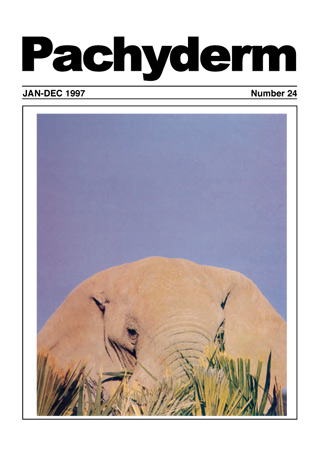Management of elephant populations in Kenya - what have we learnt so far?
Abstract
Reviews present understanding of elephant-habitat relationships in different ecological areas in Kenya and notes the compression of range and the attendant environmental stress associated with such situations. Mentions the long term vegetation change in Amboseli obvious in systematic study of on aerial photography as well as results from research in Samburu, Aberdares and Shimba Hills which provide insight into the variability of the temporal and spatial aspects of these relationships. Notes culling and translocations as the management options available for reducing the population density in artificially compressed areas and discusses an alternative that of allowing or providing for dispersal by means of corridors between areas where migrations routes naturally occurred, or to areas where populations could disperse to under present land use patterns.
Downloads
Published
How to Cite
Issue
Section
License
Copyright (c) 1997 John M. Waithaka

This work is licensed under a Creative Commons Attribution-NonCommercial 4.0 International License.




